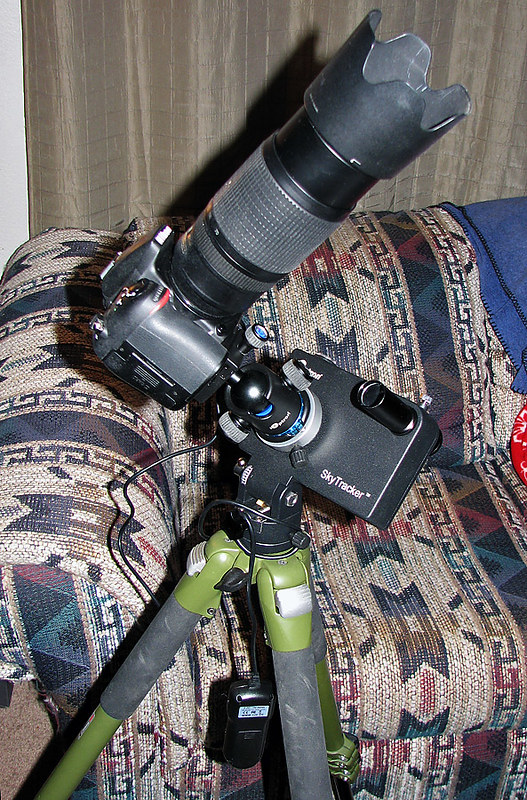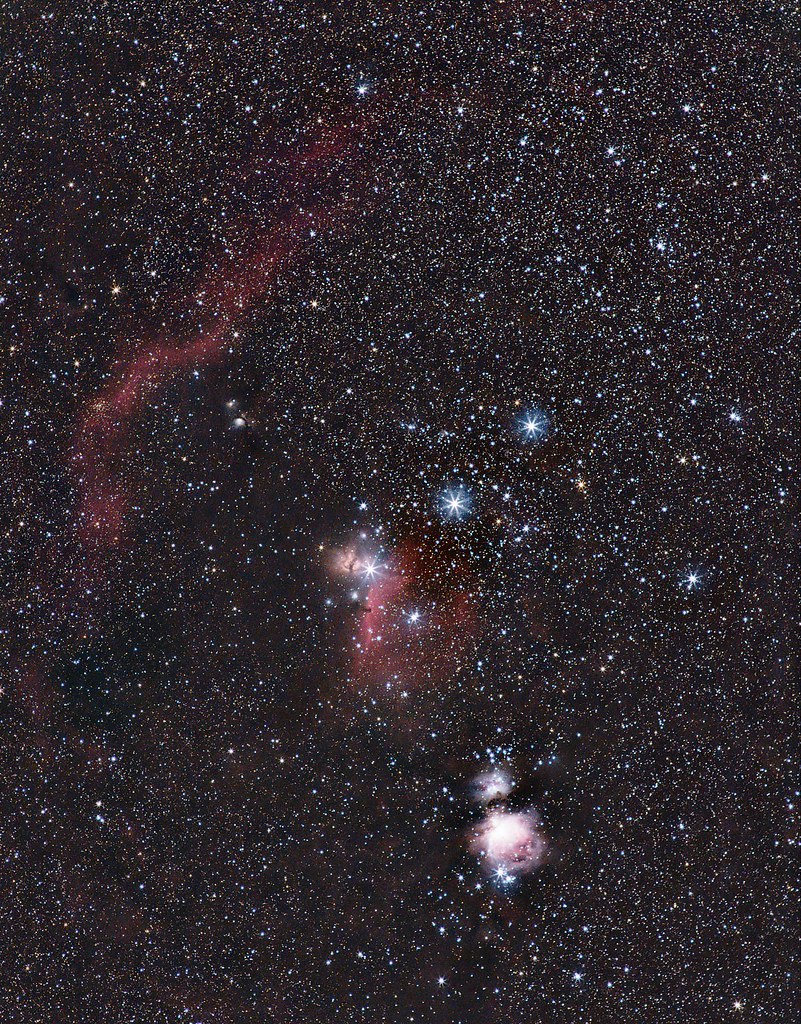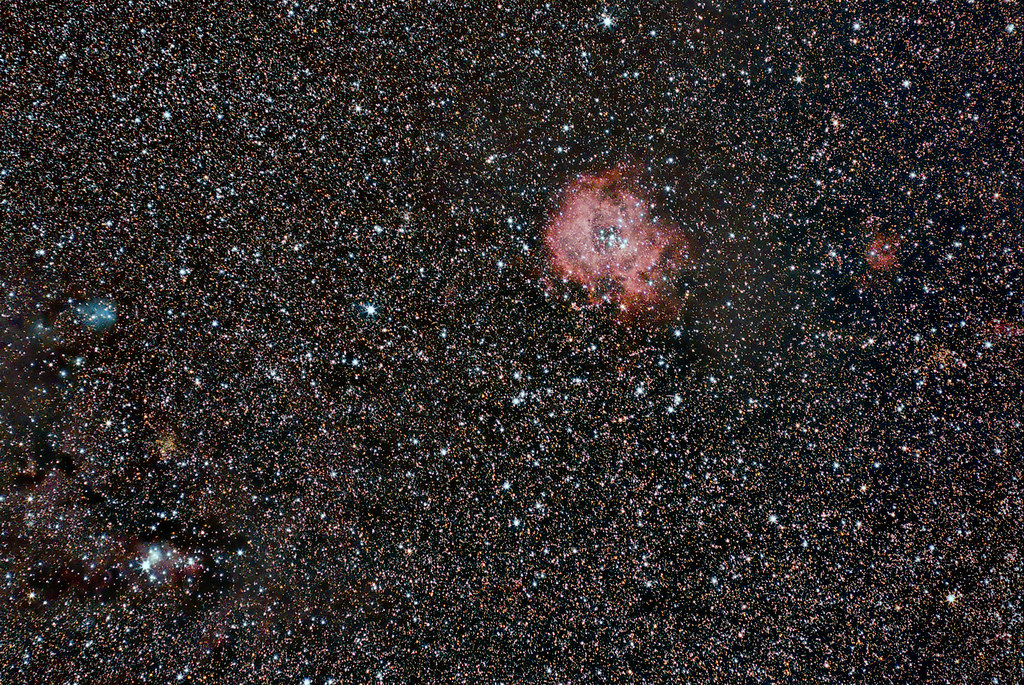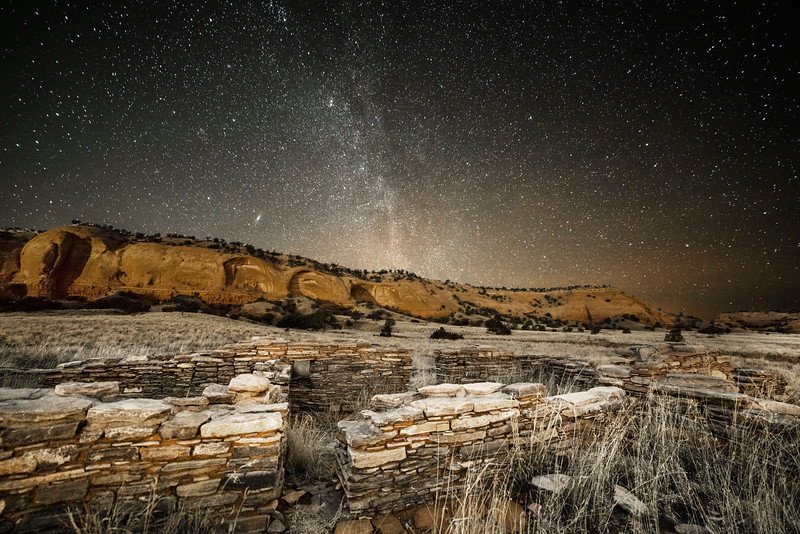- Joined
- Jun 25, 2012
- Messages
- 4,430
Very nice shot. What is your little tracker?And the one I forgot to post last night just using the little tracker and my camera and 135mm lens.
Comet Lovejoy and the Pleiades from last January.

Follow along with the video below to see how to install our site as a web app on your home screen.
Note: This feature may not be available in some browsers.
Very nice shot. What is your little tracker?And the one I forgot to post last night just using the little tracker and my camera and 135mm lens.
Comet Lovejoy and the Pleiades from last January.

Very nice shot. What is your little tracker?

Cool. And it is almost portable - as compared to my 80# EQ6 Skyscan goTo mount.I use an iOptron SkyTracker. This is everything assembled and my 70-300mm lens.

The biggest problem with the SkyTracker, was due to a couple of initial very overzealous reviews before it's release, that indicated it could perform well with a 200-300mm lens.
Once many people started using them, it became clear that they work best at the manufactures recommendation of 100mm or below for optimum results. You "can" shoot with them at 200mm+ but your exposures times need to be much, much shorter. At it's sweet spot using a 70-100mm fl lens, I have no problem shooting 3 minutes plus.
@SwimsWithTrout HOLY CRAP!!! you are good!!!:twothumbs:
Cool. And it is almost portable. As compared to my 80# EQ6 Skyscan goTo mount.

Nice, SWT. Where is your backyard with such night skies?
If you're familiar with the Bortle scale of light pollution, "Black" being the darkest and "White" being the absolute worst, my yard rates as "Pink". Brighter than a Red Zone but not quite full blown White. The Milky Way is never visible and my naked eye limiting magnitude is ~3.5 to 4.0 on a good night.


Very Nice, Trout! Look at all those galaxies. Each one of them with maybe a 100 billion ! stars like our Milky Way. The majority of those stars probably with planets orbiting them if our newest planet surveys hold up.

Don't like ads? Become a BCP Supporting Member and kiss them all goodbye. Click here for more info.
